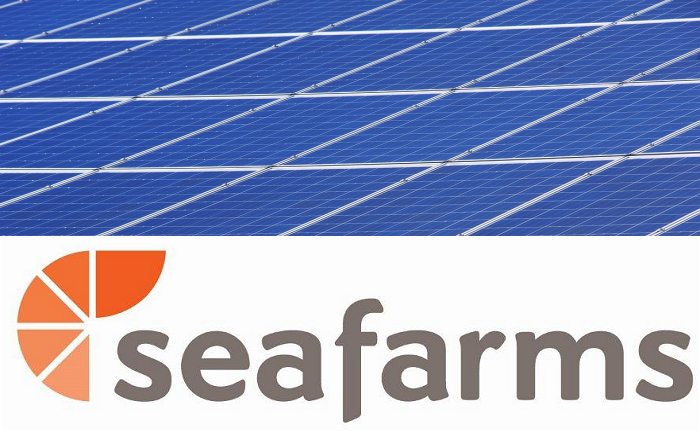
Solar panels image: andreas160578
Update: This ‘proposed’ project didn’t – in the end – happen :-(. HT:Phil Maker
A proposed Northern Territory aquaculture project of huge proportions that will utilise solar power has moved a step closer to reality.
Seafarms Group’s $1.45 billion Project Sea Dragon prawn aquaculture venture involves the development of up to 10,000 hectares of land for black tiger prawn production facilities. CSIRO says the black tiger prawn “ticks all the boxes” in helping to address growing demand for seafood, including sustainability aspects.
Project Sea Dragon will be the largest prawn farm of its kind in Australia and one of the biggest globally.
On Friday, Chief Minister Michael Gunner said the finalising of a Project Development Agreement (PDA) will see Seafarms Group establish Project Sea Dragon’s headquarters in Darwin.
“This is big business for the Territory – the project has serious potential to generate significant economic and employment opportunities for locals,” Mr Gunner said. “At full scale, the project has the potential to create a $19 billion uplift to the Territory’s Gross State product over the first 15 years of operation.”
Once fully operational, Project Sea Dragon is expected to create around 1,500 jobs.
In late August, native title holders signed an Indigenous Land Use Agreement (ILUA) covering 1,180 hectares of land‐based production ponds and 324 hectares of internal recycling ponds at Legune Station, a pastoral lease situated approximately 130 kilometres east of Kununurra.
A supplementary environmental impact statement states electricity for Stage 1 will initially be provided by small standalone 1 MW and 2 MW generators, but as operations gain momentum, a central power station will be constructed.
“Power generation will comprise an integrated system including dual fuelled engines powered initially by diesel (with a 17.5 MW capacity sized for the night time load), distributed solar photovoltaic (PV) generation of approximately 17.5 MW capacity for the daytime load, a control system (Danvest or similar) that will maximise the solar generation, and a 132 kilovolt (KV) transmission overhead line,” says the document (PDF).
A previous draft briefing note states Seafarms was looking into a number of power generation options including gas or diesel fuels as well as hybrid systems, solar power and wind generation. The company noted energy storage may be an important consideration for renewables and given the remote locations in which it will operate.
According to ICNGateway, the first stage of the project will produce around 12,000 tonnes of prawns per annum. When fully operational, Project Sea Dragon will produce more than 100,000 tonnes of prawns a year.
Along with solar power, agribusiness is identified as an important aspect in NT’s Economic Development Framework.

 RSS - Posts
RSS - Posts



Speak Your Mind